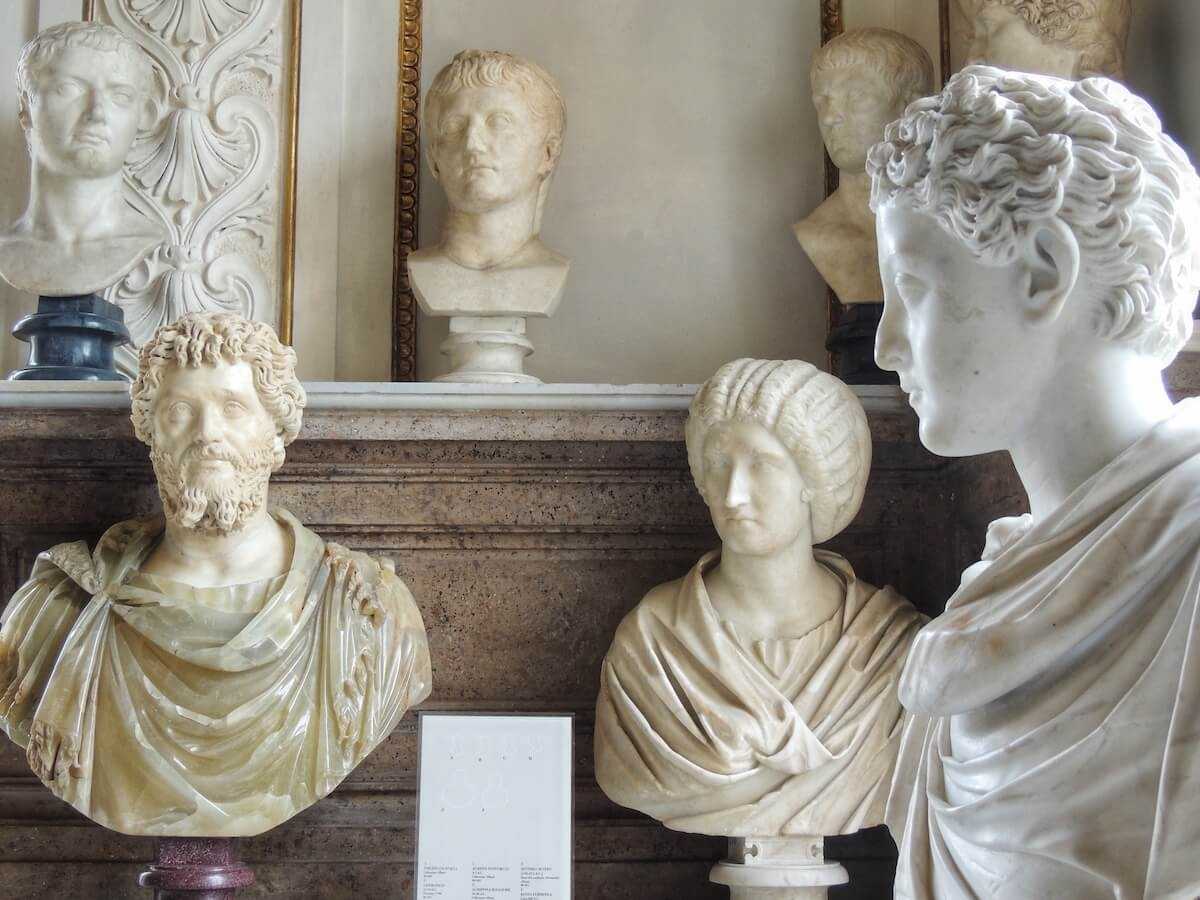The Capitoline Museums: Art and History on Rome’s Hill
Nestled atop one of Rome’s famous seven hills, the Capitoline Museums offer a captivating journey through art and history. As the world’s oldest public museum, this cultural treasure trove provides visitors with a unique glimpse into the rich tapestry of Roman civilization. Whether you’re an art enthusiast, a history buff, or simply curious about Rome’s past, the Capitoline Museums are a must-visit destination.
Exploring the Collections
The Capitoline Museums house an extensive collection of art and artifacts that span centuries. The museums are divided into two main buildings: the Palazzo dei Conservatori and the Palazzo Nuovo. Each building is filled with remarkable pieces that tell the story of Rome’s illustrious past.
In the Palazzo dei Conservatori, you’ll find iconic sculptures such as the Capitoline Wolf, a symbol of Rome’s legendary founding. The museum also boasts an impressive array of Renaissance and Baroque paintings, including works by Caravaggio and Titian. As you wander through the halls, you’ll encounter ancient Roman statues, intricate mosaics, and beautifully preserved frescoes.
The Palazzo Nuovo, on the other hand, is home to a vast collection of classical sculptures. Here, you can admire the Dying Gaul, a masterpiece of Hellenistic art, and the imposing statue of Marcus Aurelius on horseback. The museum’s galleries are a testament to the artistic achievements of ancient Rome, offering a window into the lives and beliefs of its people.
Understanding the Historical Significance
The Capitoline Museums are not just about art; they are a testament to Rome’s historical significance. The museums are located on the Capitoline Hill, which has been a center of power and religion since ancient times. This hill was once the political and religious heart of Rome, and its significance is reflected in the museums’ collections.
The museums’ origins date back to 1471 when Pope Sixtus IV donated a collection of bronze statues to the people of Rome. This act marked the beginning of the Capitoline Museums and set the stage for the preservation of Rome’s cultural heritage. Over the centuries, the museums have grown to include a diverse range of artifacts, each with its own story to tell.
Visitors can explore the history of Rome through the museums’ exhibits, which cover everything from the city’s founding myths to its role as the capital of a vast empire. The museums also offer insights into the daily lives of ancient Romans, with displays of household items, jewelry, and tools. By delving into these historical narratives, visitors gain a deeper understanding of Rome’s enduring legacy.
Practical Tips for Visiting
To make the most of your visit to the Capitoline Museums, it’s helpful to plan ahead. The museums are open daily, except for major holidays, and tickets can be purchased online or at the entrance. It’s advisable to book in advance, especially during peak tourist seasons, to avoid long lines.
Once inside, take your time to explore the museums at your own pace. Audio guides are available in multiple languages, providing valuable context and insights into the exhibits. If you prefer a more personalized experience, consider joining a guided tour led by knowledgeable experts.
The museums are located in the heart of Rome, making them easily accessible by public transportation. If you’re staying in the city center, you can reach the Capitoline Hill on foot. Be sure to wear comfortable shoes, as you’ll be doing a fair amount of walking.
After your visit, take a moment to enjoy the stunning views of Rome from the Capitoline Hill. The hill offers panoramic vistas of the city, providing the perfect backdrop for reflection and appreciation of the art and history you’ve just experienced.
